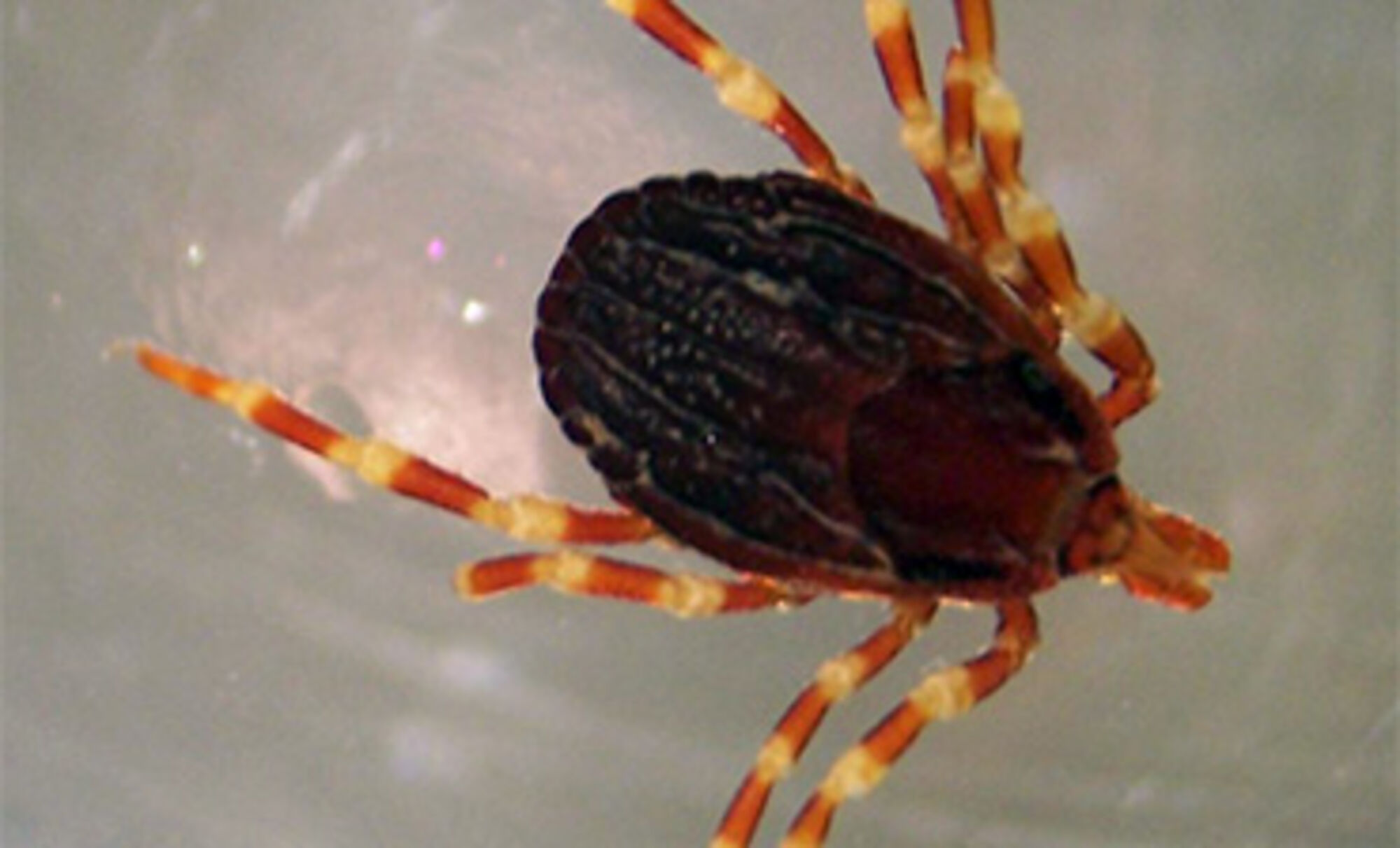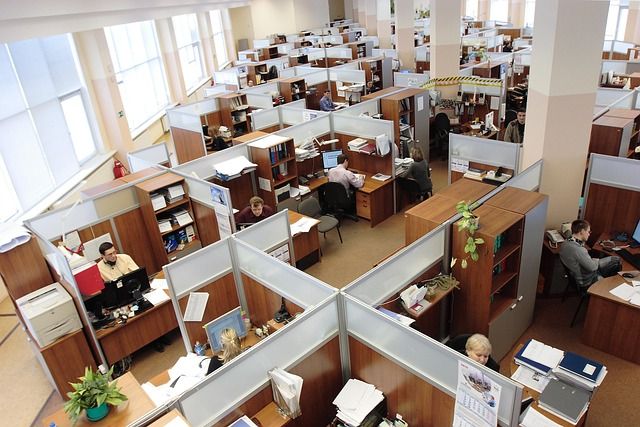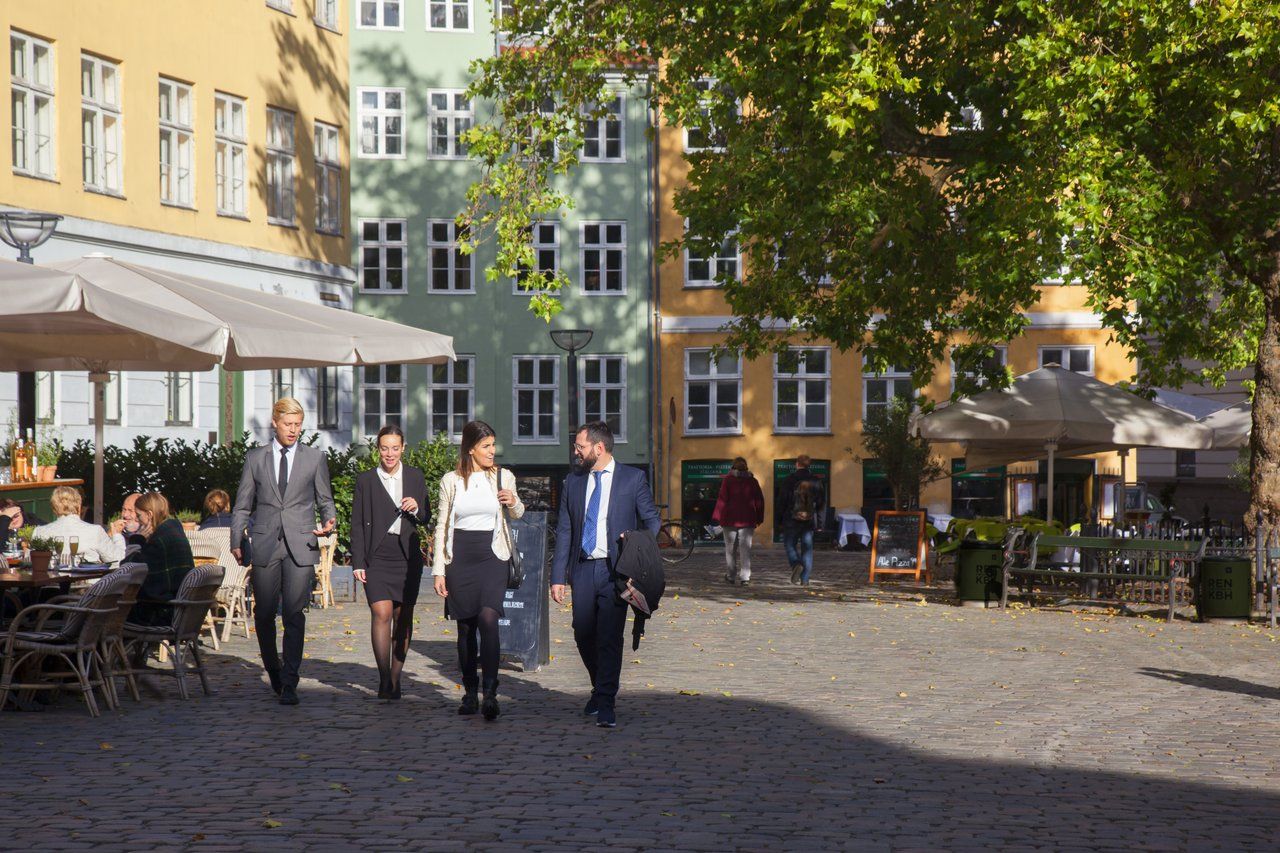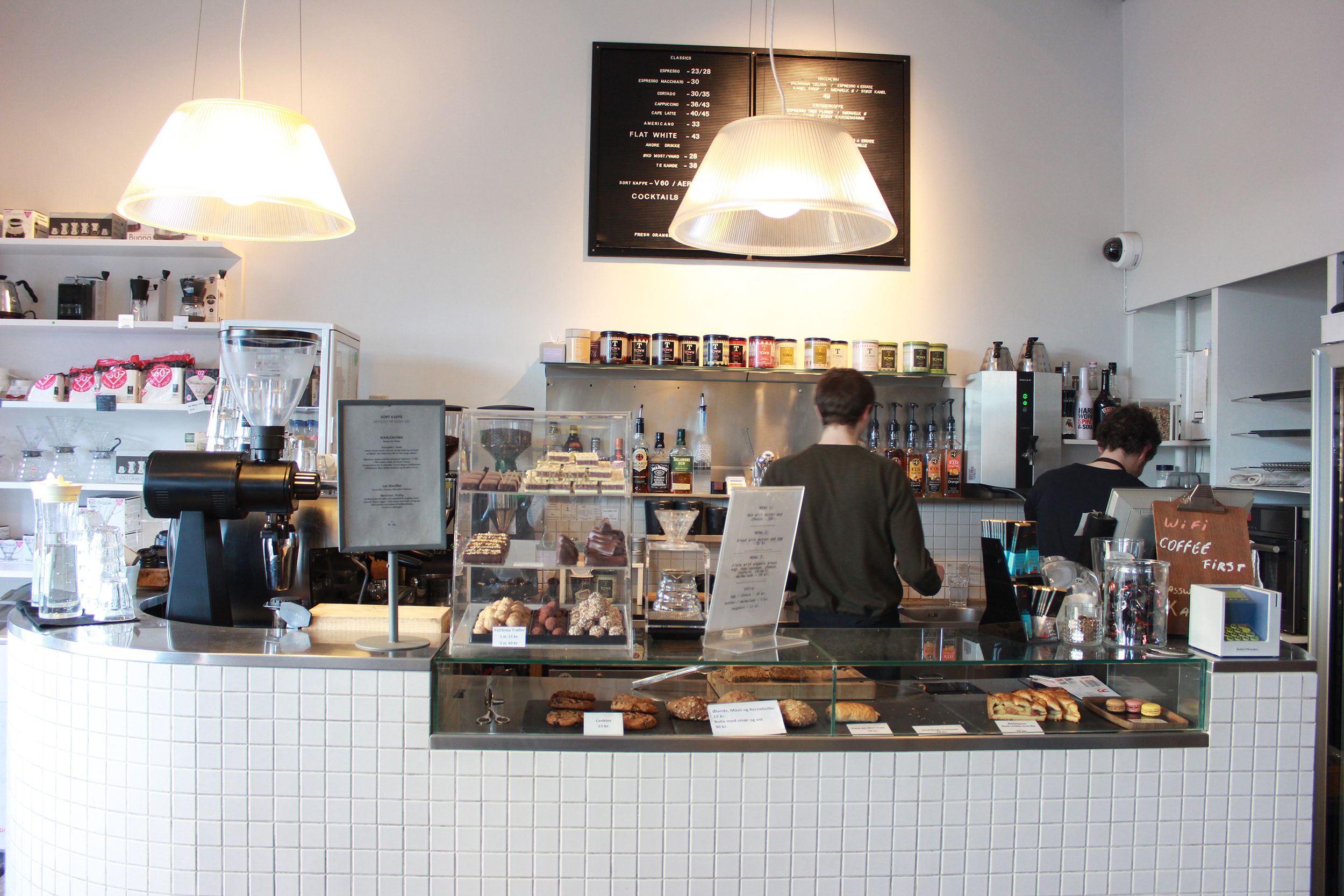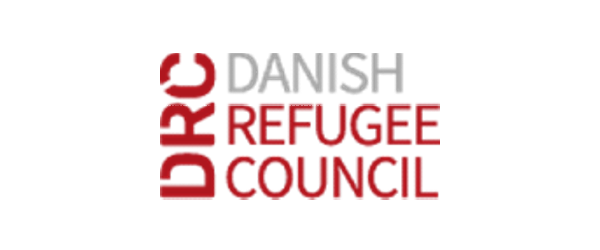After three shootings in three days this weekend, police in the Copenhagen area have extended their stop-and-search zones to include central Copenhagen.
The shootings, one each in Gladsaxe, Kokkedal and Hareskovby near Værløse, and an attempted vehicular homicide in Nørrebro, prompted police to step up efforts to curb the gang violence.
Stop-and-search zones, which give police temporary powers to stop anyone without probable cause, were intially set up in suburban areas near the crime scenes.
The zone in Copenhagen stretches from Jyllingevej by the council border to Rødovre – Sallingvej – Godhåbsvej – Rolighedsvej – HC. Ørstedsvej – Alhambravej – Kingosgade – Vesterbrogade – Bernstorffsgade – Kalvebod Brygge – Christians Brygge – Havnegade – Nyhavn – Bredgade – Grønningen – Oslo Plads – Dag Hammarskjölds Allé – Østerbrogade – Trianglen – Øster Alle – Vibenhus Runddel – Lyngbyvej to the council border to Gentofte and back along the council border to Jyllingevej again. (See map below.)
On Friday, a 19-year-old man was shot and killed near the Høje Gladsaxe housing estate. On Saturday evening, a 20-year-old Kokkedal man was wounded in the foot by shots fired from a vehicle at a local shopping centre, while a young man was purposely run over by a car in Nørrebro.
And finally, on Sunday afternoon another 20-year-old was hit in the back by shots fired at close range on Gammel Hareskovvej near Værløse.
A 28-year-old man with gang ties was arrested on Sunday in Gladsaxe in connection with the death of the 19-year-old.
Police were looking into the three shootings as being related, due to the fact that burning vehicles were found following all three shootings and that some the individuals involved had gang connections.
They suspect that the shootings were due to a gang conflict between the Blågårdsplads gang from Nørrebro and gangs from the northern Zealand areas of Bagsværd and Kokkedal.
“There isn’t a definitive relation to the episodes, but we can’t dismiss it either. We believe that there are rumblings and there is a risk for an escalation if we don’t stop it,” Lau Thygesen, a police spokesperson, told DR News. “We’ve dedicated a considerable part of our city force to keep an eye on the gang activity in town, including the Blågårdsplads gang.”

In addition to the Copenhagen stop-and-search zone, police have implemented similar measures in Gladsaxe, Herlev and Ballerup in the north-western suburbs of Copenhagen. The zones will remain in effect until January 28. On Monday, North Zealand Police established a stop-and-search zone in the area around Kokkedal lasting throughout January.
Meanwhile, hundreds of people had turned up in Gladsaxe for a torchlight procession to protest the shootings and violence. The procession ended in front of the shop where the 19-year-old was gunned down on Friday.
Gladsaxe deputy mayor Trine Græse (Socialdemokraterne) condemned the violence and said that the council was alert and geared towards tacking the conflict.
“Gladsaxe council is working closely with the police and has initiated their emergency protocol. That means that social workers are on the streets to maintain contact with young people and keep them away out of trouble,” Græse said in a press release.




